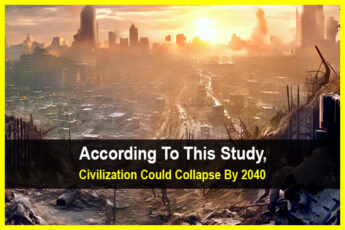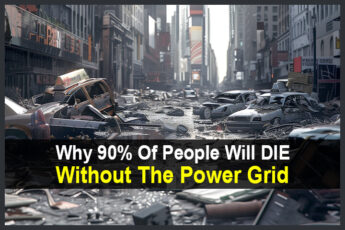Estimated reading time: 9 minutes
A lot has been written about the best bug out locations and the best countries to survive a societal collapse. There are even articles covering some of the bug out bunkers being constructed around the world for the rich and famous.
It all makes for interesting reading with some good advice, but it often assumes that someone has significant money and resources to prepare to such an elaborate degree.
New Zealand may be the best country to live in during a global societal collapse, and luxurious bunkers converted from abandoned nuclear silos may be the ultimate bug out location, but for most of us, that’s all out of reach.
That leaves us with our determination, available money, resources, and common sense to make the best decisions about how we would survive any level of societal collapse.
Want to save this post for later? Click Here to Pin It On Pinterest!
The Bug Out/Bug In Dilemma
Many people have decided to make their home their fortress and have done the best they can to stockpile, learn new survival skills, and acquire the tools and equipment to bug in.
Others have a bug out plan with bug out bags packed and either various bug out locations identified or a dedicated bug out location established. But the big question that remains, regardless of your level of preparedness, is how safe is any location?
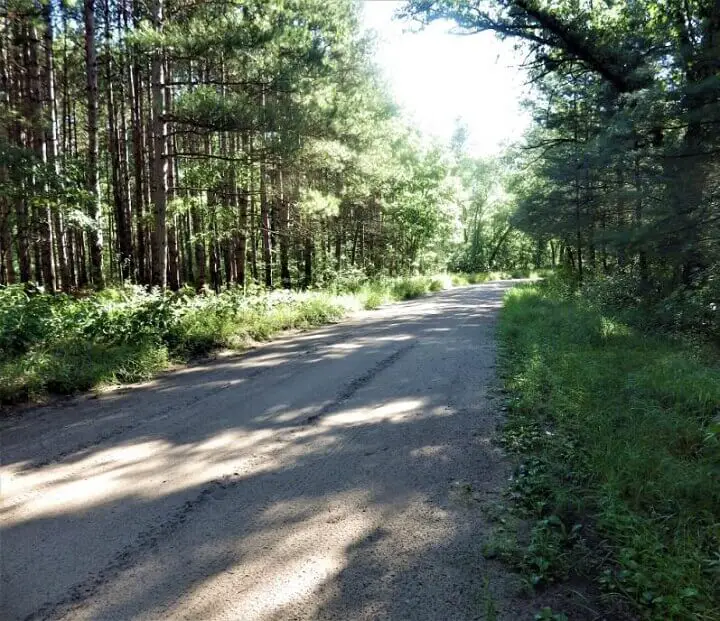
It’s Not About Safe, It’s About “Safer”
Regardless of how well we research, plan, and anticipate – the safety of any location can change based on variables totally out of our control.
Let’s say we’ve found what we think is the perfect bug out location in a remote area with ample natural resources. It seems like a safe place to survive the madness of a societal collapse. Unless of course everybody else decides to move to that same location.
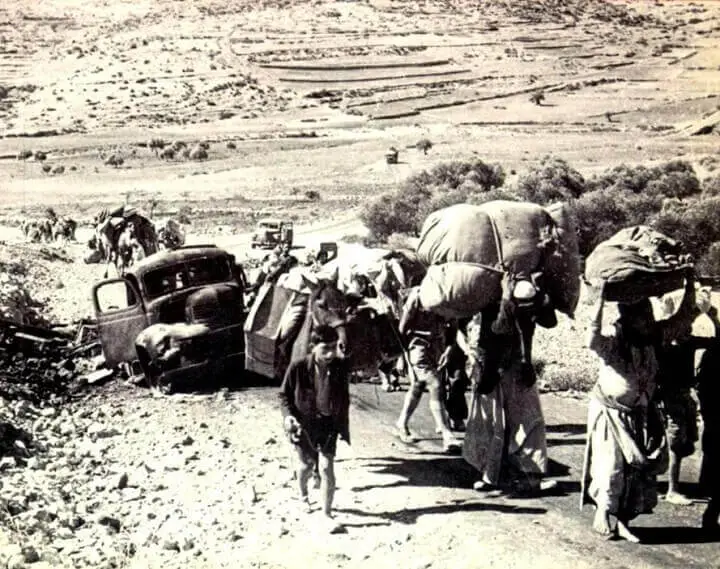
We’ve seen this time and again over history as refugees fleeing persecution, civil war, or starvation converge in the same safe place all at once. What initially appeared to be a safe haven is now worse than the area they originally fled.
The unfortunate fact is that while we may initially find that “safer” location, it will potentially evolve and change as events unfold. If the location ultimately becomes unsafe, the only option is to bug out again.
It’s possible that bugging out could become a recurring event. The key is to know what to look for that defines a “safer” place and what factors make any place unsafe to begin with. Hopefully we get it right the first time and avoid a constant cycle of bugging out.
The Worst Places to Live
Here’s the telegram: The greater the population density of a location, the more unstable it will become.
Stores will be shuttered, local police and fire departments will be overwhelmed, hospitals and emergency services will be maxed out, and schools will be closed. As a large population begins to compete for resources, crime and violence will own the streets. That’s why urban areas would be some of the worst places to live in a sudden collapse.
If the grid is down or unreliable, the situation in cities will deteriorate quickly, and even bugging out could become impossible as roads turn into parking lots overwhelmed by traffic. But here’s the caveat…
If everyone bugs out of the cities to the countryside, it’s possible that the population density of any remote area will suddenly be challenged with the same demands. It almost makes you wonder if some of these ideal bug out locations that are often identified like Idaho, Wyoming, and Maine will become the new mega cities.
There are already complaints from some long time Idaho residents about the sudden influx of outsiders to the state.
Extreme Factors to Consider
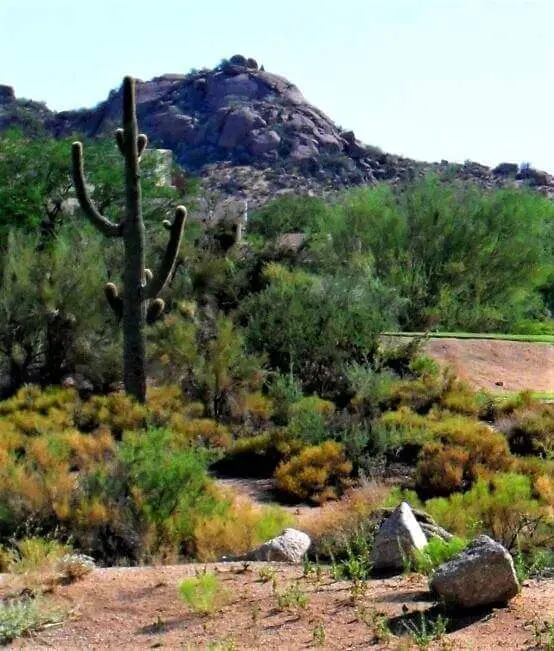
It’s hard to predict what could specifically cause a societal collapse. Five civilizations across history collapsed as a result of drought. Many because of war or revolution. Future threats could emerge along those lines or worse.
Here are some remote possibilities that may be closer than we want to imagine:
- Is the location a potential target in the event of nuclear war? It may seem that cities are the obvious targets, but as was revealed when the Chinese weather balloon traveled across Montana and North Dakota in early 2023, both Montana and North Dakota are the locations of a significant number of nuclear warhead silos (150). That means even a seemingly remote location could be a nuclear target.
- Does the location have a history of natural disasters including hurricanes, wildfires, drought, earthquakes, or other weather extremes? If it happened in the past, it will happen again, and climate change will make it worse.
- Are there any other extreme events that would make a particular location particularly vulnerable?
The Best Places to Live
We’ll identify some generally safe areas in the United States, but it’s important to understand what makes a location “safer” and what may allow it to maintain those characteristics over time.
Here are some of the criteria that define a “safer” location during a societal collapse.
- Abundant, natural water resources. These are defined as freshwater springs, creeks, rivers, ponds and lakes. The water is relatively clean and unpolluted by industrial chemicals or city sewers. The water rights are also open to the general public on public lands and along riverways.
- Sufficient arable land for small scale farming, orchards, and animal husbandry.
- Stable climate without weather extremes measured by temperatures, rainfall or drought, flooding or wildfires, hurricanes or landslides. Climate change extremes should be considered in areas subject to high heat, drought, or extreme cold.
- Realistic property values and tax rates that the average person can afford at the outset and hopefully manage as events unfold.
- A stable population size that can sustain itself without becoming overwhelmed by the unmet needs of any part of the population.
- Community potential. There’s safety in numbers, and while a high population density puts significant strain on an area, there is something to be said for a small community that lives in a spirit of cooperation and mutual respect.
- Sufficiently remote from large cities, jails, interstate highways, and nuclear power plants with a minimum of 60 miles of separation generally defined.
- Hunting and fishing potential as a source of additional food.
- Abundant trees and forests offering supplies of firewood for heat, cooking, and building.
All of those factors point to some tough decisions if you’re currently living in an area with a high population density. And those high population areas may extend beyond cities to suburbs and even exurbia.
It’s unlikely that most people are going to abruptly pack up and move right away, but if you’re considering the purchase of a bug out location, think about starting it off as a vacation home or even a few acres of land where you may build someday.
Waiting to make any move after a collapse has occurred is not the best idea. Plan ahead. It’s what preparedness is all about.
Areas in the U.S. That Meet the Criteria
Rather than list towns and states, we’re going to identify geographic areas that are loosely defined by parts of certain states.
The Western Appalachian Mountain range of the Carolinas, West Virginia, Eastern Kentucky and Eastern Tennessee (Appalachia)
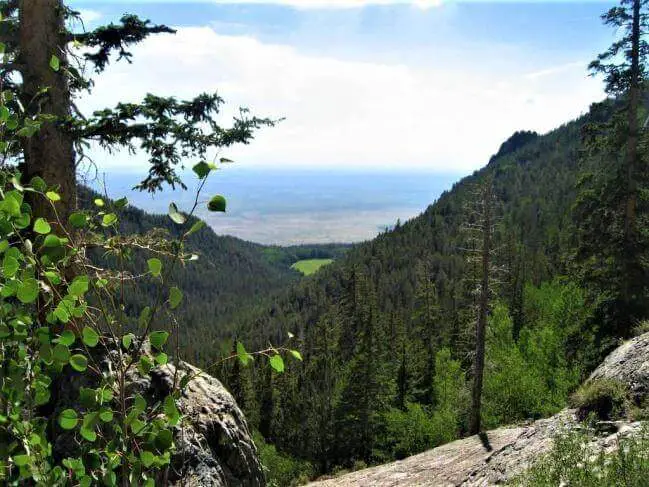
The Appalachian Mountains are comparatively short and gentle compared to the Rockies. This makes them easy to hide in and easy to hold, but difficult to traverse in the remotest regions for outsiders.
The mild, temperate climate throughout much of this region is suitable for a variety of farming practices, and plentiful wildlife and water combined with widespread deciduous forest offer a good supply of natural resources.
The Ozarks of Northern Arkansas and Southern Missouri

The Ozarks are a sprawling geographic region taking up a significant chunk of northern Arkansas and southern Missouri. It consists of gently rolling mountains, expansive forests, and natural resources combined with a relatively mild climate all year. Agriculture is a definite possibility, and hunting and fishing is plentiful.
Ark-La-Tex

Ark-La-Tex is the name ascribed to the intersection of Arkansas, Texas, and Louisiana given to it by residents of the region. The area is highly bio-diverse with excellent hunting, fishing, and agricultural opportunities. The area itself is free from the climate extremes that each state is known for.
It is neither blisteringly hot nor too humid, and can give you plenty of breathing room to stay well away from the coast and its dense population.
There are other areas that are often identified, but they either seem to ignore the realities of climate change, or they're described as destinations for the hardiest of survivalists. It’s certainly true that moving to Alaska will put you in a remote area with abundant natural resources, but the potential for weather extremes in a state already known for harsh winters could affect whether you consider the location “safe.”
The argument can be made that uncomfortable places won’t attract as many people, but even people who take a lone-wolf approach to survival may find that going it totally alone is not the safest solution either.
Additional areas identified in the past with similar weather extremes include New Hampshire, Wyoming, Idaho, and Maine. They offer a similar mix of natural resources and remote areas but are subject to harsher weather extremes that could become worse as climate change continues to disrupt and alter global weather patterns.
Consider Your Current Location
It’s unrealistic for someone living in an American suburb to consider moving their family to New Zealand or Iceland, but if you apply some of the measures we’ve identified, you may be able to identify some places that are close enough to make the move possible.
What’s important is to start thinking about it now while there's still time. That’s the first step toward preparedness, and it's a step we all need to take.
Like this post? Don't Forget to Pin It On Pinterest!





